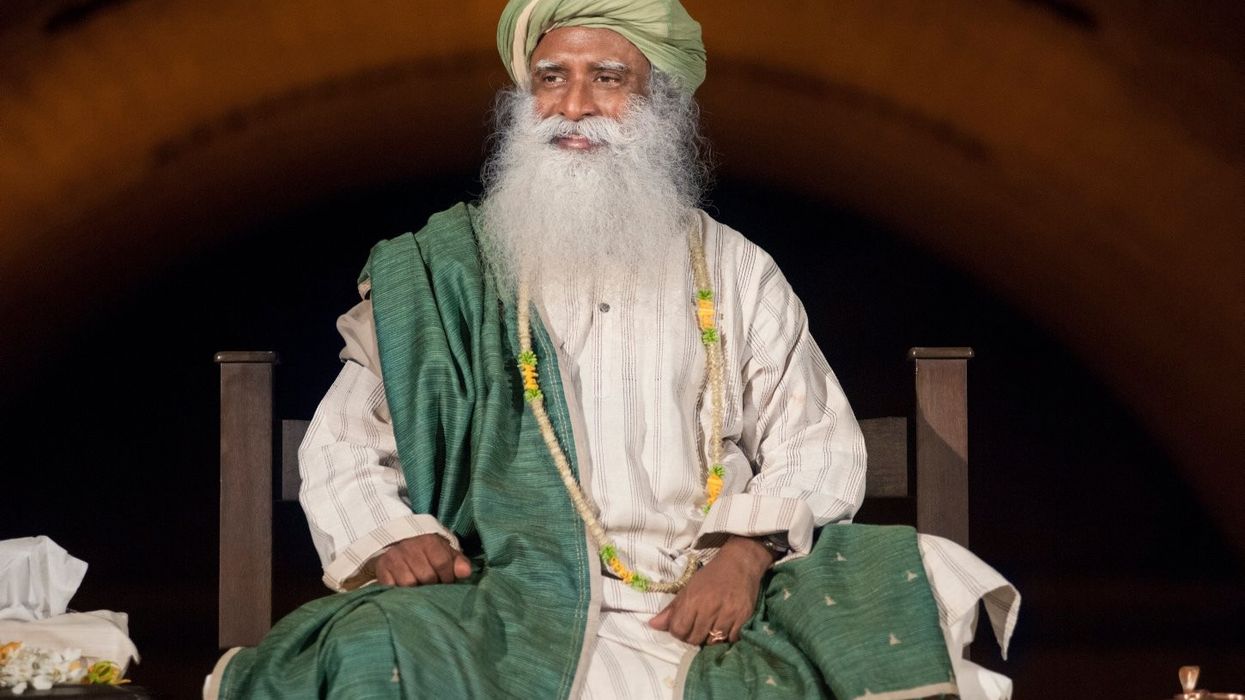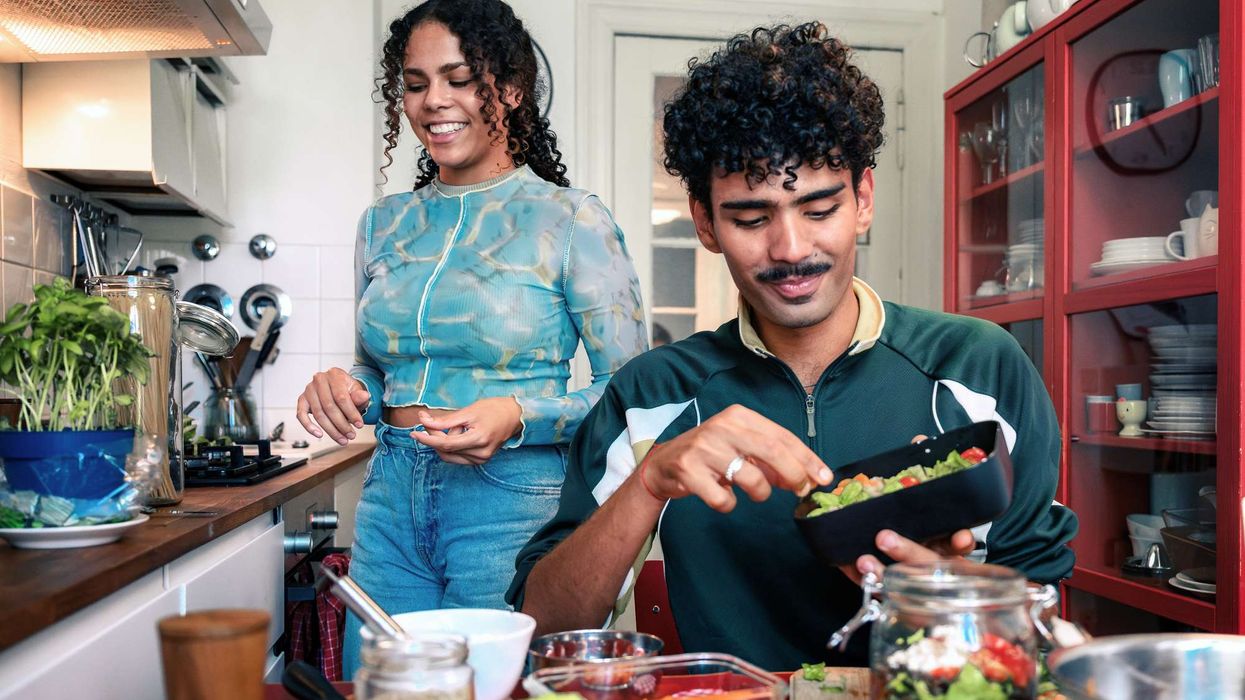Youngsters in the UK are still connected to Indian classical music traditions and a perfect example of this is 14-year-old Diksha Murli from Langley in Berkshire.
The young singer and musician will deliver her first major concert at The Bharatiya Vidya Bhavan in London this month.
Eastern Eye continues its long, proud tradition of introducing stars of the future by catching up with talented teenager Diksha to talk about her connection to classical music, debut concert and hopes for the future.
Tell us, what first connected you to music?
My grandmother introduced me to Indian classical music when I was seven years old. I never knew I could sing and at the time I didn’t know much about it. As I started learning and getting better, I not only realised that I could sing, but I also fell in love with the music and its style. That love grows every single time I sing and encourages me to work even harder.
What drew you towards Indian classical music?
Compared to other styles, Indian classical music is a very ancient musical tradition and I wanted to be a part of it, and I’m proud I have made that choice. I wanted to experience the genre myself. Also, I love the fact that you can improvise using the melody and rhythm. This way you can explore your creativity and delve into all the different paths, which you haven’t seen before. It is beautiful!
Tell us about the training you have done?
At first, I started learning at home with my grandmother, Shrimathi Usha Murthy, who is my first guru. She is very fond and passionate about music and wanted someone in her family to sing. She taught me my first steps into the genre of Carnatic music. She noticed my interest and introduced me to my next guru Shri Y Yadavan. I have been training with him for seven years and have decided to pursue Hindustani music with Shri Prabhat Rao, in parallel. Both styles are unique and in contrast to each other, but I find them beautiful in their own ways.
You have done a few small recitals and taken part in competitions, but you are delivering your first big performance this month in London. What can we expect?
I will be singing my first solo recital on June 21 on the prestigious Bhavan stage. I have worked very hard for this moment. I want to demonstrate my knowledge of not just the basics but also my improvisation. I want the audience to genuinely enjoy my music and want to convey the right emotions of the raaga to them. I am extremely excited about it and will present traditional compositions with my own improvisations. My singing will demonstrate everything I have learned to date. I hope I can make the audience, my family and especially my guru proud.
Who are you hoping attends the concert?
Being a teenager, I want to show the power of Indian classical music and inspire the younger generation. I would like to have both connoisseurs of Indian classical music as well as everyone who reads this article to be around. My grandparents will be travelling all the way from India to see this performance, so I want to make them proud. My guru will also be there, and I want to impress him the most as he pushed me so much. Everything I have become now is because of him. I may not be the best student sometimes, but I really want to uphold his name.
Is Indian classical music something you want to pursue in the future?
Whatever my career may be in the future, music will always be a part of me as it’s never been just a hobby, and I will never let it go. I love music so much and if I don’t have it, I don’t know what will become of me. It plays a huge part in my life.
Tell us, what is your biggest musical ambition?
I would love to go back to India and perform at concerts to show what I have learned and practised having lived in the UK. Apart from that, all I want is for people to enjoy what I sing. I just want to inspire people to love what they sing and realise how much music means to me, and that it means the world.
What inspires you musically?
My gurus and my grandmother are the people who inspire me. They taught me everything I know, and I cannot thank them enough. They have put so much hard work into their singing and that has made them what they are today. Even if I could accomplish a bit of what my gurus and my grandmother have done, I would be elated. I am inspired by the melody and lyrics of songs. I love how they just flow and enhance the overall beauty of a track. I try to feel the lyrics and the melody when I sing.
Why do you love music?
Music helps cheer me up when I feel sad. Wherever I get a rhythm or a stimulus like nature, I can’t help but sing along. I feel that it’s my superpower and it transports me to another world that I just can’t describe. I could sing for hours if I wanted to. Different songs have different melodies and the emotions they convey create magic. I love the lyrics of different songs and the beauty of them. Music is a place where I can escape and it’s a lovely place to be.
Tell us, why should we attend the concert?
I have been practising quite rigorously for it, so I would love to have a lot of people there to support me throughout. I also want to inspire others musically and get inspired. It is encouraging to have a supportive audience, and I will continue to do many more shows like this. This concert is a very big step in my musical journey, and I want the audience to experience it with me.
Parampara is being staged at The Bharatiya Vidya Bhavan in London on June 21.
www.bhavan.net





 Mareyah Bhatti , a sustainability strategist and passionate home cookMareyah Bhatti
Mareyah Bhatti , a sustainability strategist and passionate home cookMareyah Bhatti






